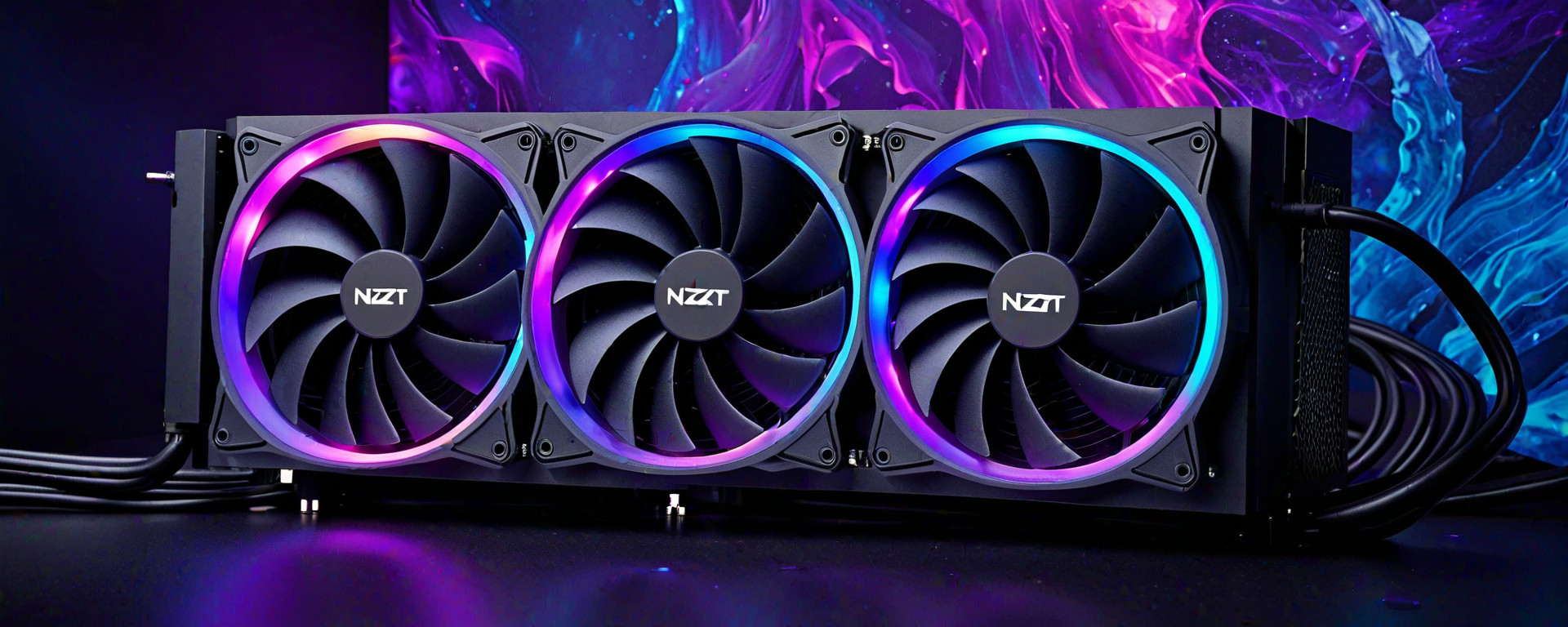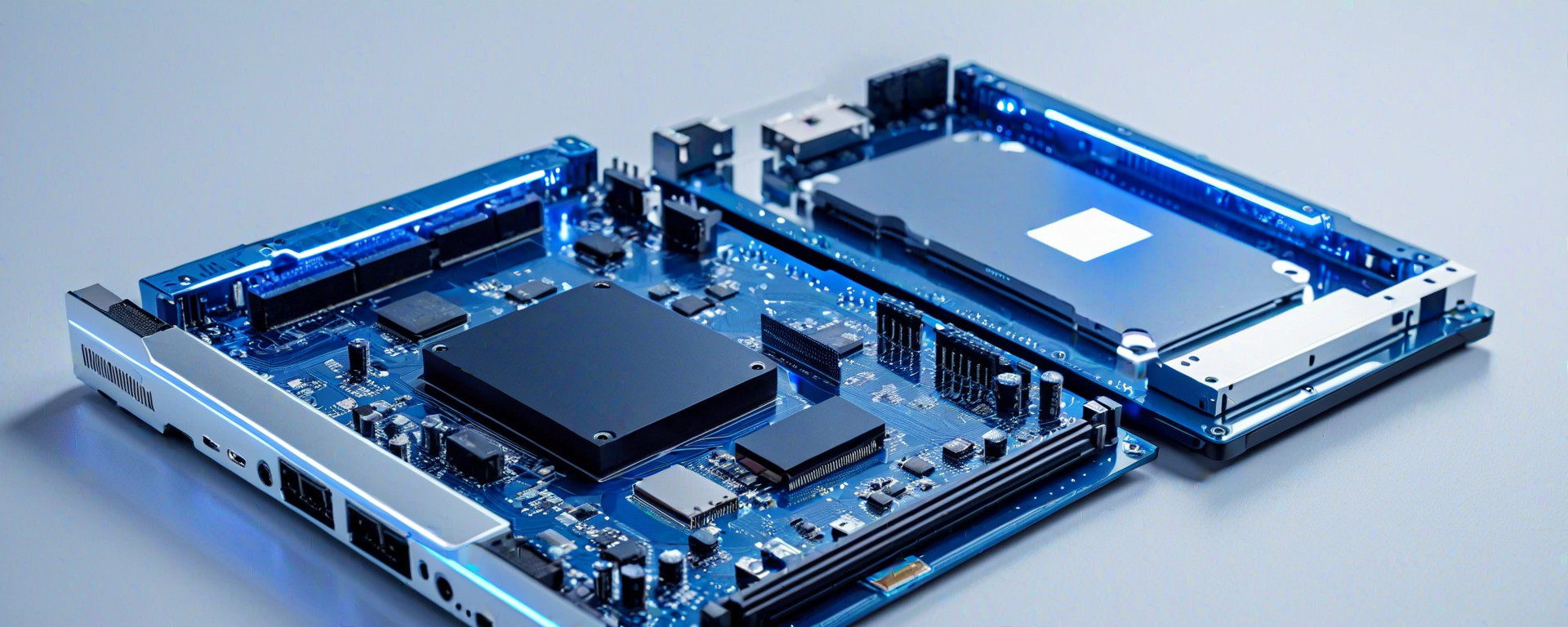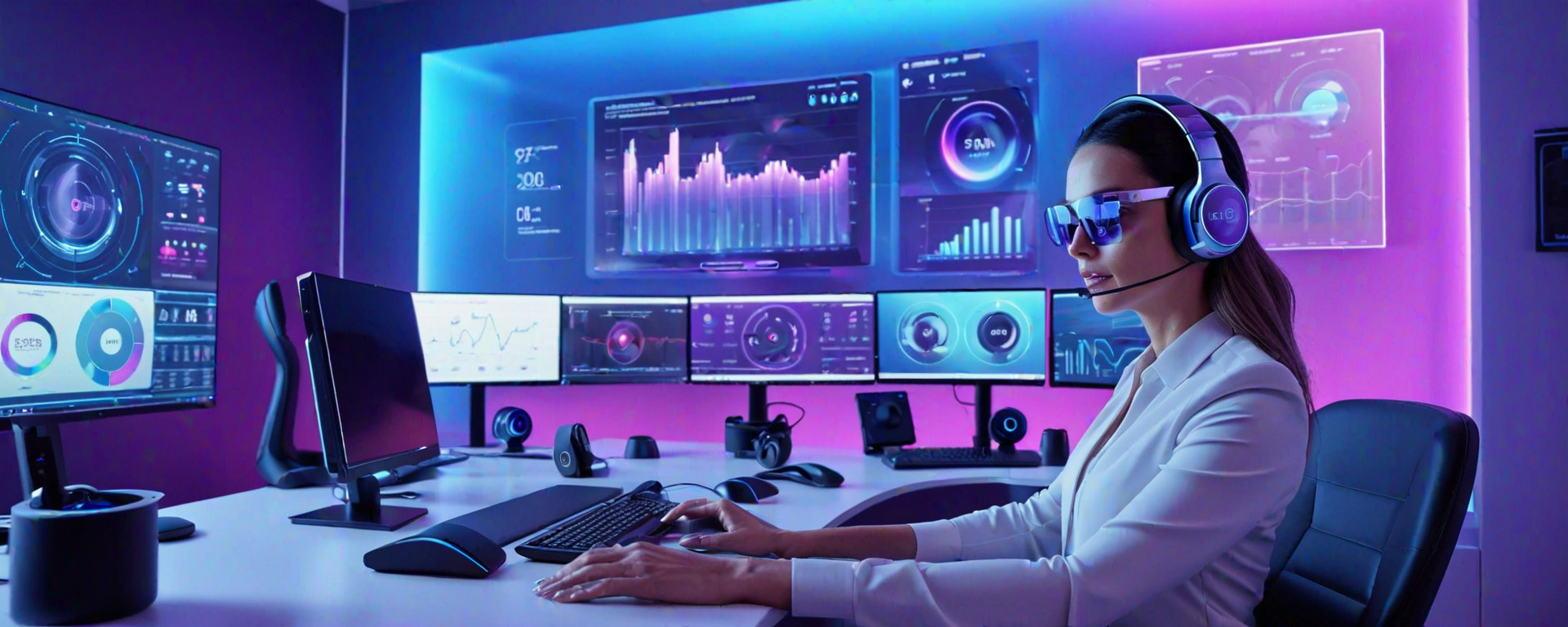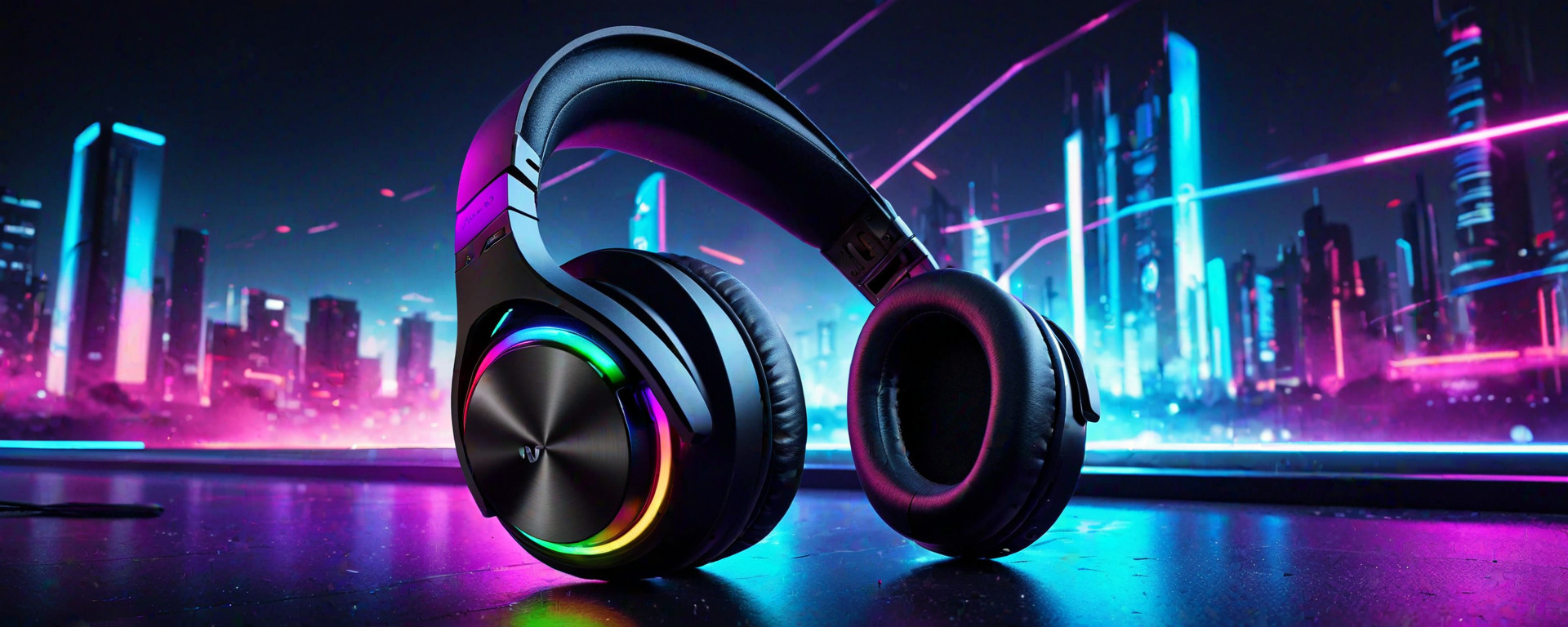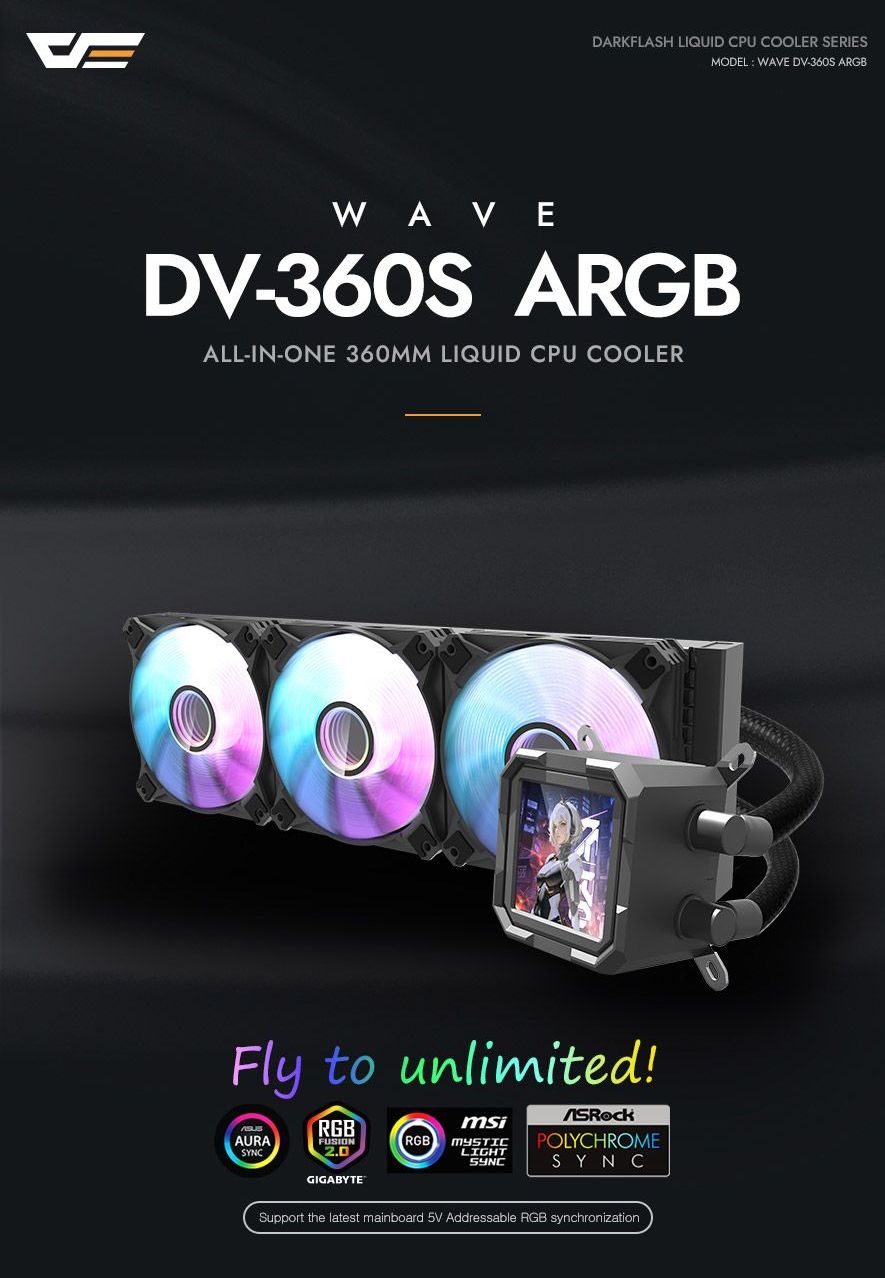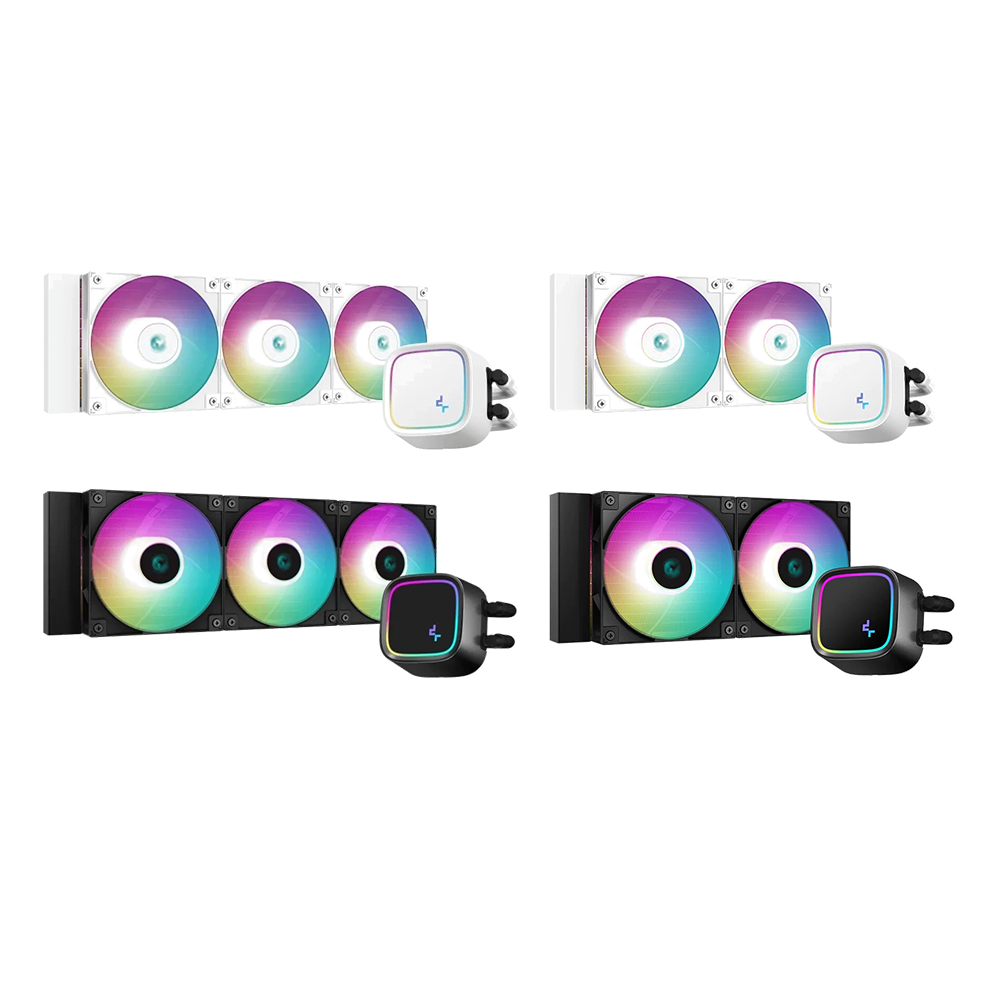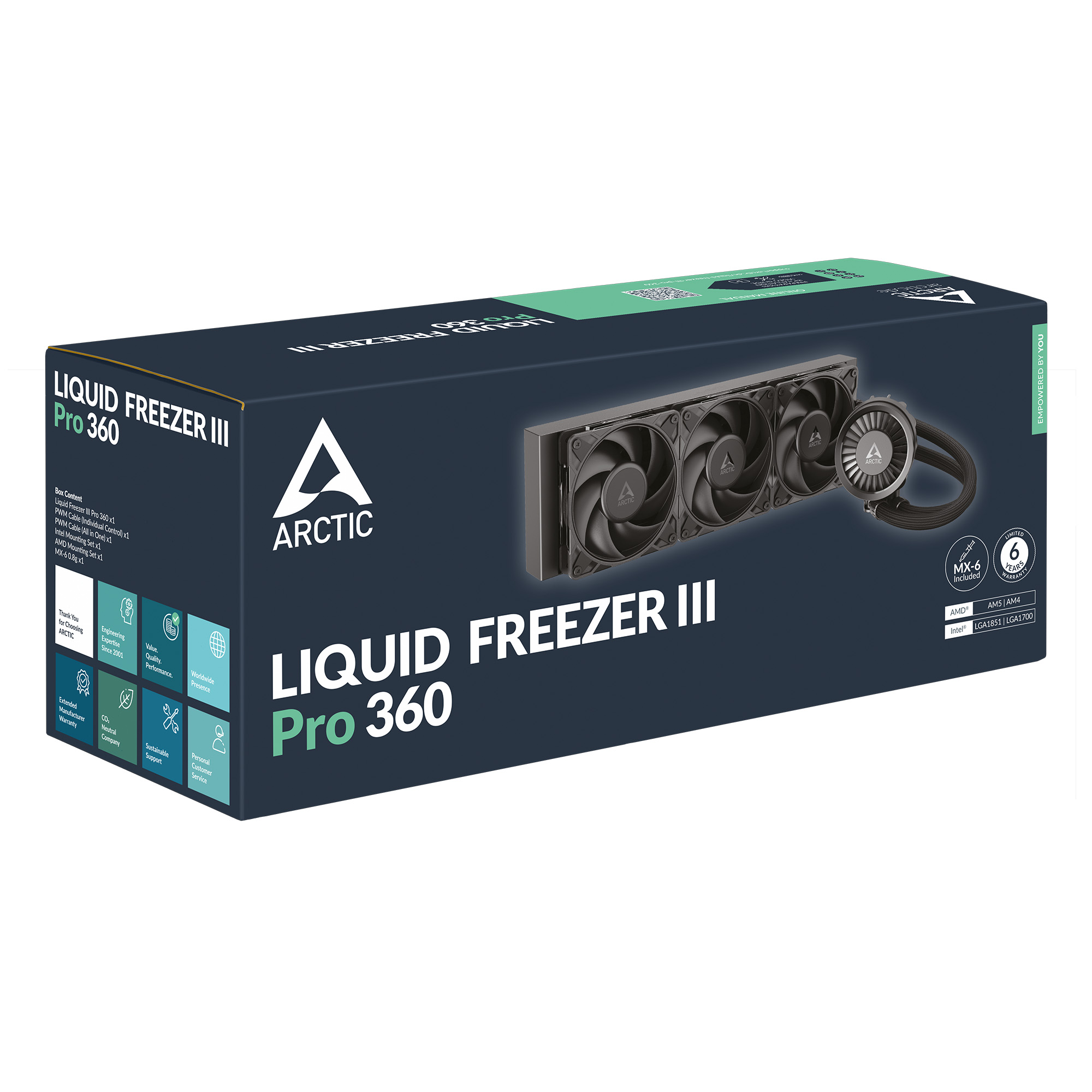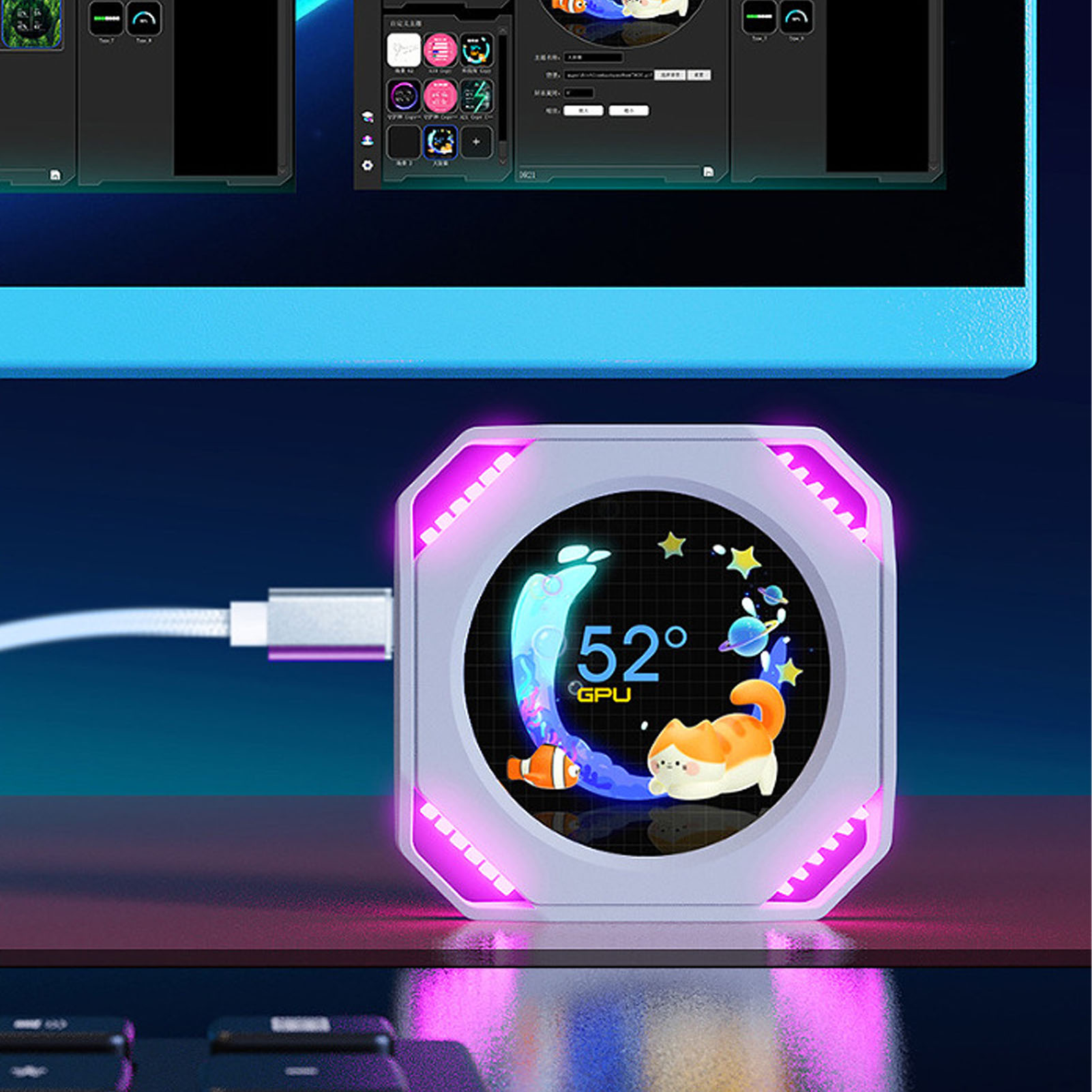Introduction
The performance of a computer's central processing unit (CPU) can be significantly impacted by excessive heat. Stock CPU coolers provided by manufacturers are designed to keep CPUs within safe operating temperatures under normal conditions, but as users push their systems harder with demanding tasks like gaming or video rendering, these stock solutions may no longer suffice. This article aims to guide readers through understanding the importance of upgrading from a stock cooler to an aftermarket solution when dealing with high CPU temperatures.
By covering various aspects such as causes and impacts of overheating, recommended temperature thresholds, product comparisons, technical specifications, real-world usage scenarios, troubleshooting tips, and FAQs, this article offers comprehensive insights to help users make informed decisions about their cooling solutions.
The Impact of Overheating
Overheating can lead to reduced performance and reliability in a computer system. As temperatures rise beyond optimal levels, CPUs may throttle down their clock speeds to prevent damage, leading to decreased processing power and increased latency in tasks such as gaming or video rendering.
Cause of Overheating
Overheating can be caused by several factors including inadequate airflow within the case, dust accumulation on cooling components, high ambient temperatures, and excessive thermal paste application. Ensuring proper ventilation, regular cleaning, and appropriate heat dissipation strategies are crucial to maintaining optimal operating conditions.
Recommended Temperature Thresholds
The ideal operating temperature for most CPUs ranges between 30°C to 50°C under normal load conditions. However, sustained operation at temperatures above 70°C can lead to thermal throttling and potential long-term damage.
Safeguarding Against Overheating
- Monitor Temperatures: Utilize software tools like SpeedFan or HWMonitor to keep track of CPU temperature in real-time.
- Airflow Optimization: Ensure that your case has enough intake and exhaust fans to maintain positive airflow, preventing hot air from recirculating inside the chassis.
- Cooling Solutions: Consider upgrading to better quality thermal paste or replacing stock coolers with high-performance aftermarket options like liquid cooling systems.
Choosing an Aftermarket Cooler
The choice between different types of cooling solutions can make a significant difference in maintaining optimal CPU temperatures. The two main categories are air coolers and liquid (AIO) coolers.
Air Coolers
- Performance: Effective for moderate to high-performance CPUs, offering good value for money.
- Noise Level: Generally quieter than AIOs but can still generate noticeable noise under heavy load.
- Maintenance: Requires periodic cleaning and reapplication of thermal paste.
Liquid Coolers (AIO)
- Performance: Provide superior cooling efficiency, ideal for high-end gaming or rendering workloads.
- Noise Level: Operate more quietly than air coolers due to the use of low-noise pumps and radiators.
- Maintenance: Relatively maintenance-free once installed correctly. Requires occasional refilling if coolant evaporates over time.
Product Comparisons
A detailed comparison of leading aftermarket coolers can help in making an informed decision based on specific needs and budget constraints.
| Cooler Model | Type | Noise Level (dBA) | Thermal Performance (W) | Price Range ($) |
|---|---|---|---|---|
| Noctua NH-U12S | Air Cooler | 35-40 | 179 W | $60-$80 |
| Cooler Master Hyper 212 EVO | Air Cooler | 30-35 | 180 W | $40-$60 |
| NZXT Kraken X73 | Liquid Cooler (AIO) | 25-30 | 239 W | $180-$220 |
Technical Specifications and Performance Benchmarks
The effectiveness of a cooling solution can be assessed through its technical specifications, such as thermal resistance (Rth), noise levels, and compatibility with different CPUs.
NZXT Kraken X73
- Radiator Size: 360 mm x 120 mm x 27 mm
- Pump Speed: Adjustable up to 2850 RPM
- Noise Level: Maximum of 34 dBA under full load
- Compatibility: Supports LGA1200, LGA1700, AM4 CPUs
- Benchmark Scores: Achieves a maximum thermal performance of 289 W and maintains temperatures below 50°C during heavy gaming sessions.
Cooler Master Hyper 212 EVO
- Fan Speed: Adjustable from 600 RPM to 1400 RPM
- Noise Level: As low as 25 dBA under idle conditions
- Compatibility: Supports Intel LGA1700, AMD AM4 sockets
- Benchmark Scores: Demonstrates a thermal performance of up to 180 W and keeps temperatures below 60°C during extended workloads.
Real-World Usage Scenarios
Evaluating how cooling solutions perform in real-world scenarios provides valuable insights into their effectiveness and reliability.
Gaming Performance
- The NZXT Kraken X73 maintains steady frame rates without noticeable drops during prolonged gaming sessions, ensuring smooth gameplay experiences.
Rendering Workloads
- The Cooler Master Hyper 212 EVO consistently delivers stable temperatures under heavy rendering tasks, preventing thermal throttling and enhancing productivity.
Troubleshooting Tips
Maintaining optimal cooling performance requires regular upkeep and addressing common issues proactively.
- Cleaning Dust: Regularly clean dust from fans and radiators to ensure unrestricted airflow.
- Checking Connections: Inspect all cables and connectors for proper installation, especially after upgrades or moves.
- Reapplying Thermal Paste: Replace old thermal paste every 1-2 years for optimal heat transfer between CPU and cooler.
Frequently Asked Questions (FAQs)
Addressing common questions can provide clarity on various aspects of cooling solutions.
- Q: Can I use my current case fan with a new cooler?
- A: Many coolers come with pre-installed fans that are optimized for their specific design. While it's possible to mix and match, ensure compatibility before making changes.
- Q: How often should I replace thermal paste?
- A: Ideally, every 1-2 years or when you notice a decline in cooling performance. However, if the system is heavily used, annual replacement might be necessary.
Conclusion
Selecting and maintaining an efficient cooling solution is crucial for maximizing the lifespan and performance of your computer hardware. By considering factors such as noise level, thermal efficiency, compatibility, and real-world usage scenarios, users can make informed choices that cater to their specific needs and preferences.
